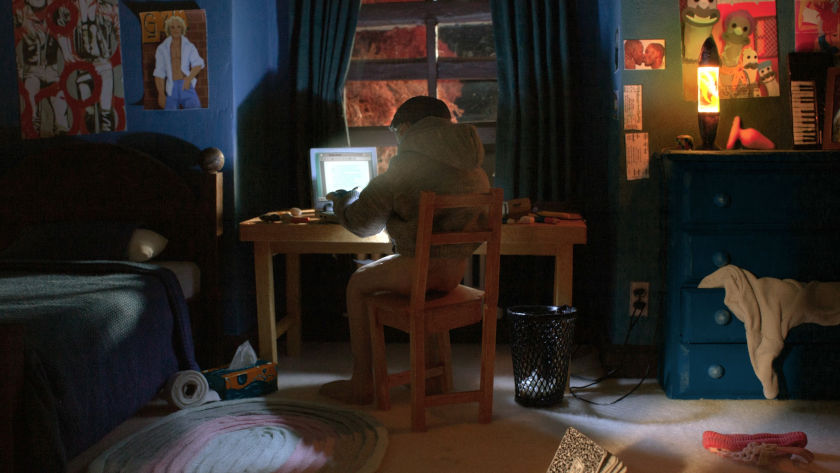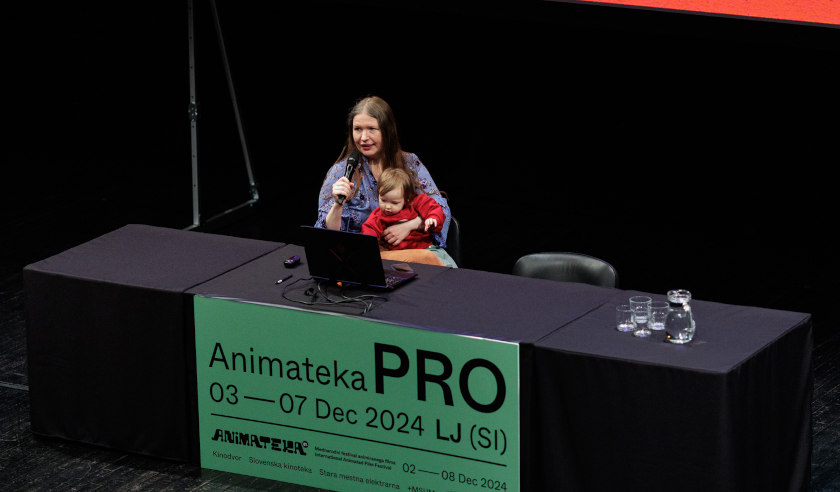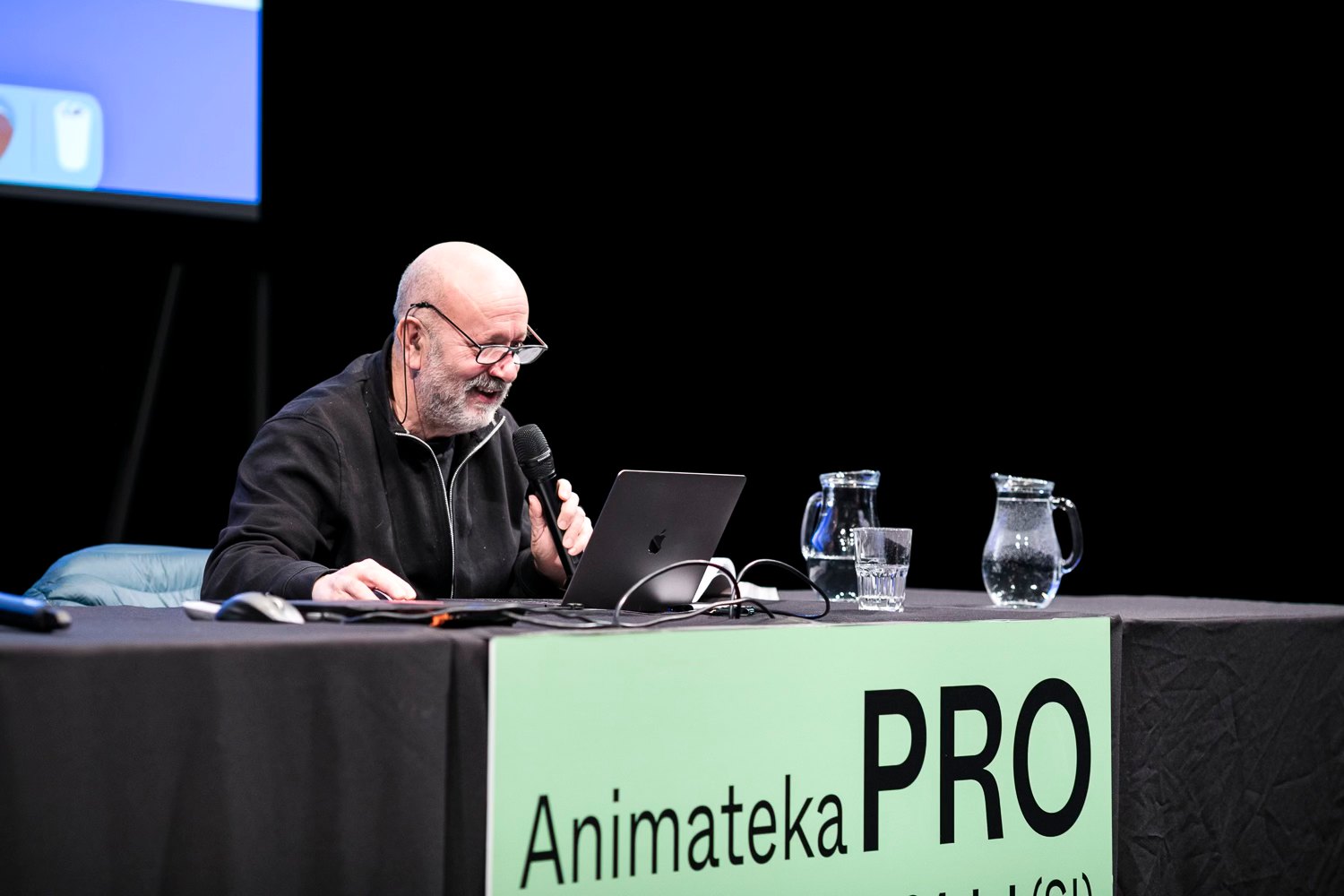Interview with Nikita Diakur: The Art of Unpredictability (GoCritic! Review)

Animator Nikita Diakur, the so-called master of ugliness, attracted the interest of many fans and animation students at Fest Anča with his masterclass and retrospective. During its 17th edition, which ran from 25-30 June, Slovakia’s Fest Anča held a retrospective of animator Nikita Diakur’s career, including the infamous 'Ugly' (2017), 'Fest' (2018) and 'Backflip' (2022). Diakur also held a masterclass for aspiring animators and fans of his work.
A self-proclaimed “ugly filmmaker”, his animation style focuses on computer simulations and randomized dynamics resulting in aesthetics that most people agree look decidedly weird. From his student shorts to the most recent 'Backflip', the filmmaker has taken inspiration from internet trends, kitsch culture, and the technical aspects of digitalization. When he is not working on his unpleasant imagery, Diakur conducts lectures and workshops and is currently pursuing projects related to art installations.
Personal Background and Artistic Approach
Nikita Diakur is a Moscow native who graduated in animation from the Royal College of Art in London and currently resides in Leipzig as an independent producer and director.
Diakur has taken part in numerous international exhibitions and festivals where he captivated audiences with his distinct style, garnering multiple accolades. But his career took off thanks to the remarkable recognition gained by his short films 'Ugly' and 'Fest'. The first tells the story of an ugly and mistreated cat who finds acceptance with a Native American chief, while the second showcases weird-looking characters dancing at a rave.
'Ugly' took three years to develop, as the filmmaker had to overcome a creative block. But after opportunely finding an online article written by an unknown author, he found the inspiration he had long searched for: “I based it on a story called 'Ugly the Cat'. It was very kitsch, and I found it very funny in the beginning. But then I felt like it was not a good approach, as it did not give justice to the message of the story, which was very important to tell.”
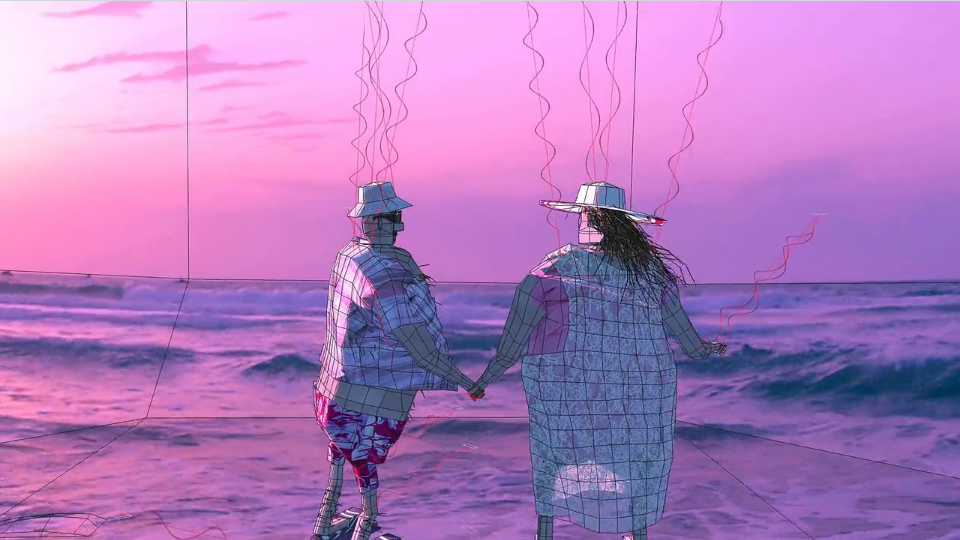
Ugly
Diakur’s works are digitized and machine-made, stemming from his interest in unpredictability. The latter is undeniably related to real life, as we must face unexpected things every day. In fact, this is one of the main focuses of Backflip, his most recent production which competed at such diverse festivals as Annecy, Clermont-Ferrand, Toronto, Tallinn, Indie Lisboa, and Ottawa, and won the German Short Film Prize. For this film, the artist took a picture of himself and transformed it into a digital persona to overcome his own fears of learning to do a backflip. Using machine learning and randomized processes, he made his digital self try until he reached his goal.
As Backflip’s story comes to life through technical missteps, Diakur keeps the computer programme's interface on screen, which he also does in his other films. It was a conscious decision, as he wanted the audience to experience the behind-the-scenes of the film. “It’s not just a film about watching the character”, he explains. “You can understand how the programming system works. It’s for the audience to find out all about it.”
The Relationship Between the Internet and Kitsch
Diakur’s work is renowned because of his interest in understanding digital simulation and technical specificities. This focus inevitably leads to the emergence of ugly-looking characters and funny situations.
“I don’t really try to do comedic approaches. They happen by themselves because they’re awkward. I just try to tell a story first, and if I try to explore a serious subject, it eventually becomes funnier thanks to the animated simulations”, he explains.
Moreover, the animator’s ugly-looking digital world is widely inspired by viral internet trends and subcultures. It all started with an online animation showreel video, which convinced him to follow his own artistic path. Most of his viral objects of interest come from content published on social media platforms like YouTube or Reddit.
“I have a collection of inspirations I take note of, ideas and setups or some scenarios or stories, so I have those always ready when the opportunity comes.” In fact, his short film 'Fest' was inspired by bungee-jumping and gabber culture videos on the internet. But it’s not all about internet trends: Diakur is interested in the relationship between art and kitsch. The animator understands “kitsch” as an ironic side of real life and digital content, often made in poor taste. This exploration of kitsch, characterized by its exaggerated, nonsensical, and eccentric nature, represents his main focus. Additionally, kitsch is closely entwined with the world of internet memes, which he tries to take to their “extremes”, as he puts it.
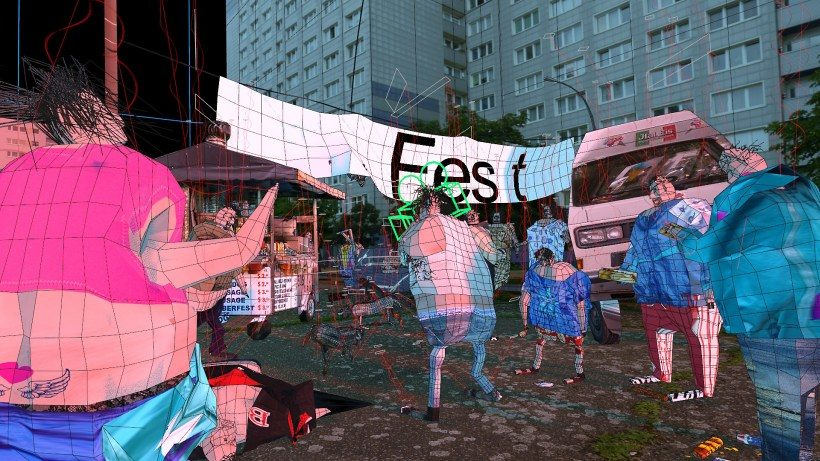
Fest
Speaking about 'Fest', the perfect example in this case, he adds: “That’s also where the challenge is, because you have something so extreme as the bungee or even the rave video. How are you going to make it still interesting as an animation? Because the original videos are already pretty strong.”
Digital Artistry and AI
When discussing digital art, it’s impossible to avoid the topic of artificial intelligence. Today AI has become more invasive, leading many artists to have a difficult relationship with it, including Diakur.
In 'Backflip', Diakur worked with machine learning so that his character could gradually learn how to backflip. Previously, in an interview he gave on the film, he discussed how the story approached personal and universal fears. Among them was artificial intelligence. Now, his relationship with AI and machine learning is slightly different. During the masterclass at Fest Anča, the artist stated that seeing the dangers of AI, he probably won’t use it that much in the future.
“I think it will take over many things, and make more things accessible to non-artists or non-technical people”, he explains. “It will make things very different, especially our perceptions. We will see many creative contents and discover they’re made with AI.”
The invasiveness of AI-made art is gradually transforming both audiences’ perceptions and artists’ approaches to what initially was just a helpful tool: “It’ll make things boring. At first, AI causes this surprise effect, but people will eventually get used to it”, he reasons. “The animation will probably be simplified, and so will filmmaking. I don’t know if there’ll be room for humans eventually.”
Although AI seems dangerous, all is not lost: “AI does scare me, but other things also do. I think it’s just part of [being an artist]. You cannot really avoid it, so you embrace and live with it. You just try to raise awareness of its negative aspects.”
Nikita Diakur image (c) by Juraj Starovecký 2024
contributed by: Federica Giampaolo





